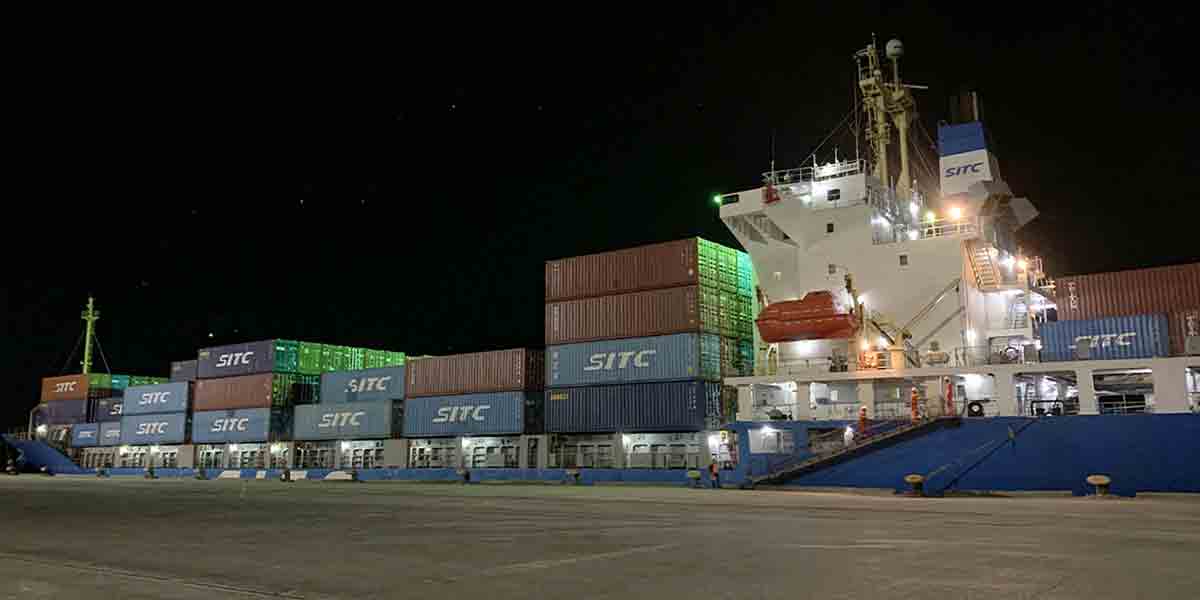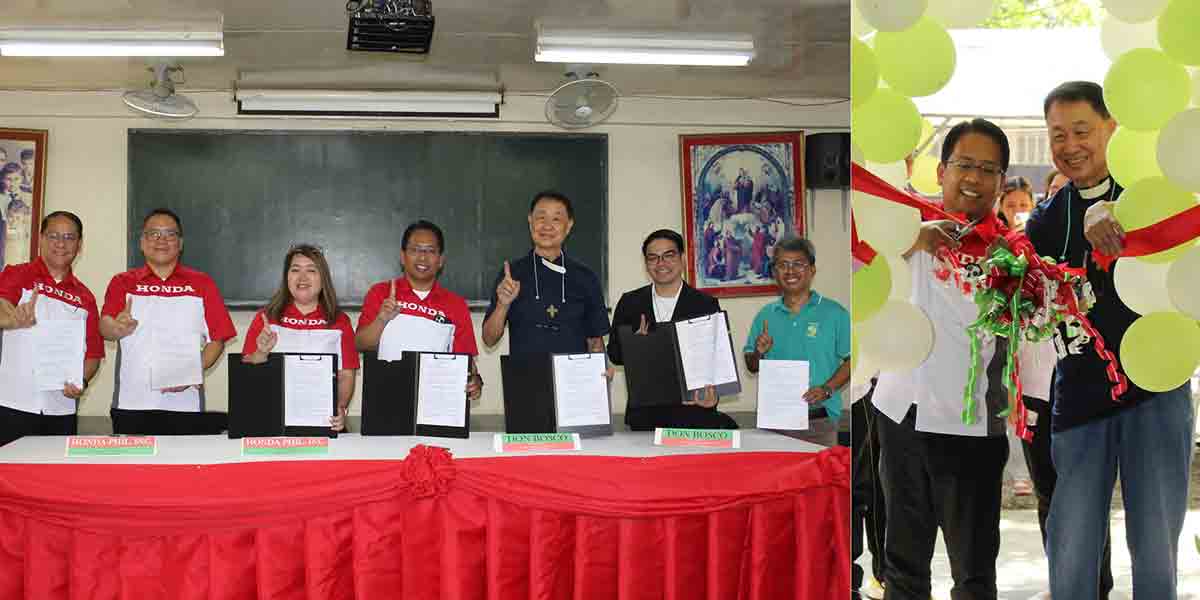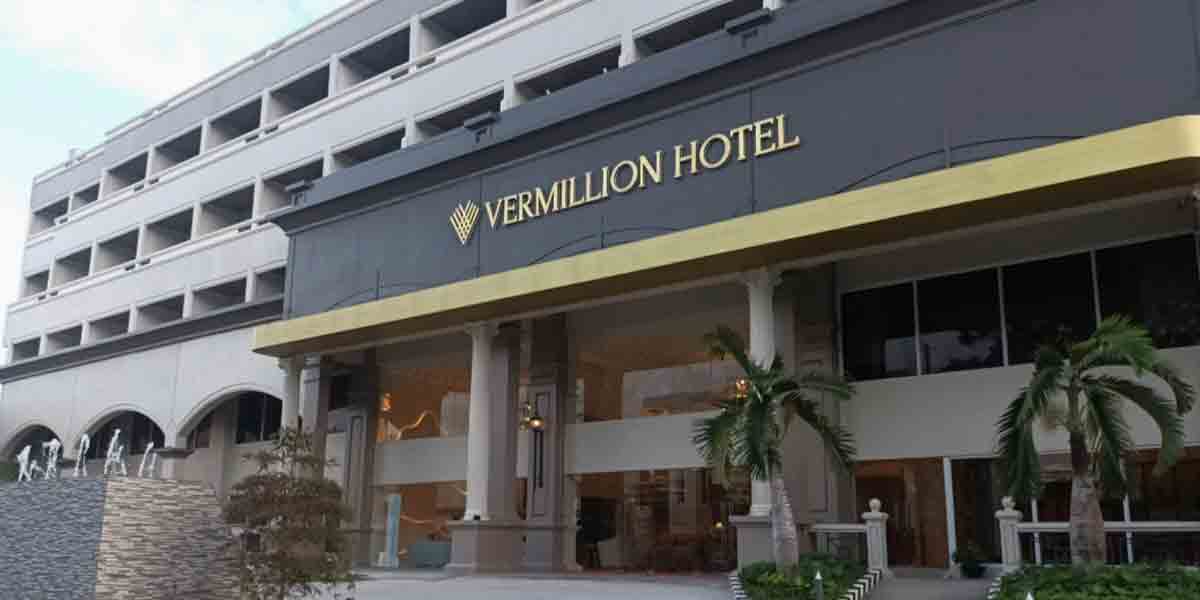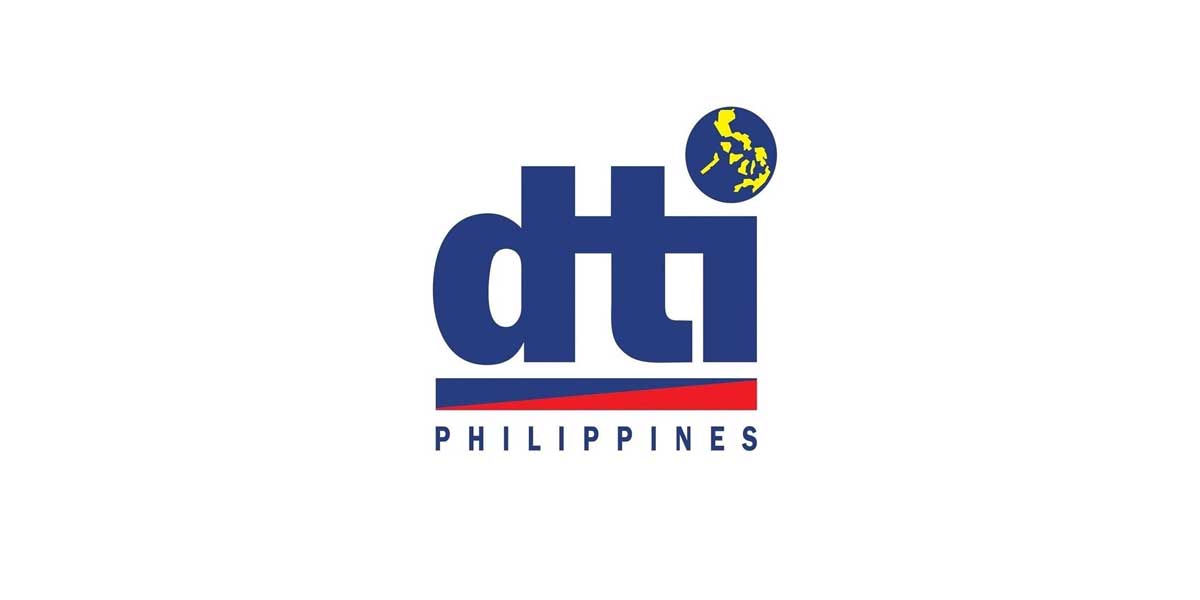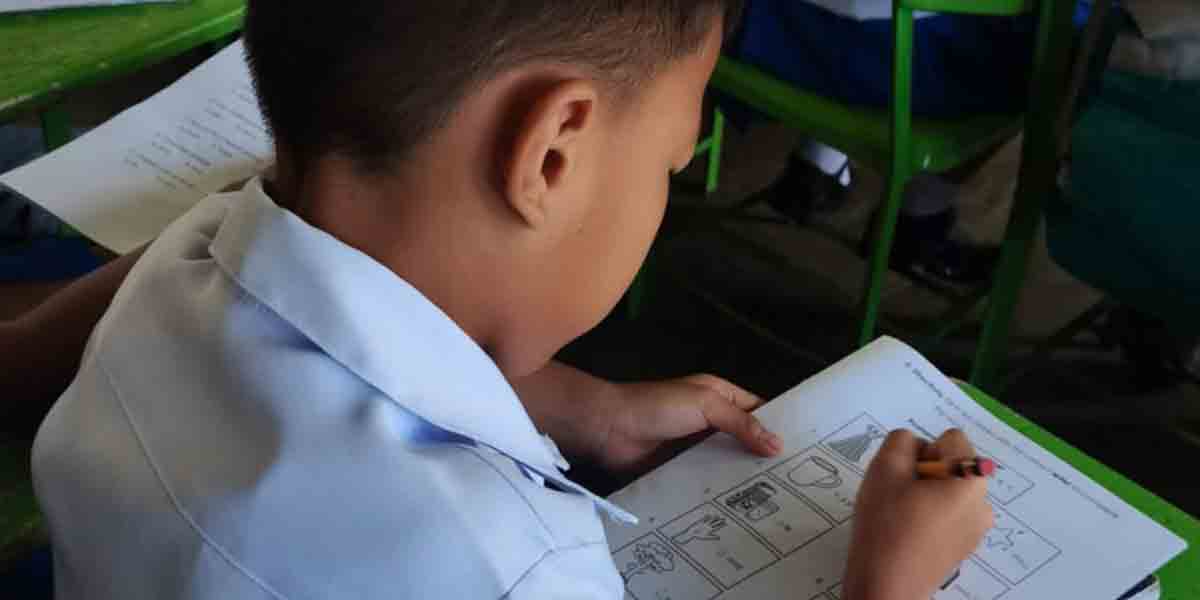
By Francis Allan L. Angelo
The images of the oil spill caused by an explosion in a power barge stationed in Lapuz, Iloilo City on July 3, 2020 brought back images of similar incidents in Guimaras, Estancia, Iloilo and Semirara, Antique.
For UP-Visayas Prof. Rex Sadaba, one the leading expert in oil spills in the country, containing the spill is key to preventing further damages to the environment and communities.
Sadaba, a faculty member of the UPV Biosciences Division, said he expects oil sheens and sludges to reach other areas outside of Bo. Obrero, Lapuz where the power barge operated by the Ayala-owned AC Energy Philippines is stationed.
As of Sunday, the spill has affected the following areas:
-Bo. Obrero, Lapuz; Mansaya, LaPaz; Sto. Niño Sur, Sto Niño Norte, Calaparan and Calumpang in Arevalo, all in Iloilo City;
-Buenavista and Jordan in Guimaras; and
-Dumangas, Iloilo.
The Philippine Coast Guard said they have retrieved 189,000 liters of bunker fuel.
The barge contains 268,000 liters of bunker fuel and around 251,000 liters leaked out following the explosion.
“It is expected that the oil will reach those areas because of tidal action, among other factors. The key here is containment and removal of oil from the immediate site. If they don’t remove the remaining oil, cleanups will be useless,” Sadaba said.
Containment of oil spill is usually done by deploying oil spill booms which are temporary floating barriers designed to contain the oil. Oil booms reduce the possibility of pollution on shorelines, rivers, and oceans while collecting oil in thick surface layers to allow for easy recovery.
While there are commercial spill booms used by authorities and industries, communities can fashion one out of absorbent local materials such as rice straws (uhot) and coconut coir fiber.
Coir is the material between the shell and the outer coating of the coconut seed.
Sadaba said he already sent designs for indigenous spill booms which the affected communities can use to contain the bunker fuel that leaked from the barge.
So far, Sadaba said the initial response has been good as the volume of leaked fuel is fewer compared to the most recent oil spills in the region.
On December 19, 2005, Power Barge 106 then operated by state-owned National Power Corp ran aground near Semirara Island in Antique and spilled 235,000 liters of fuel, affecting 236 hectares of mangroves.
The Guimaras oil spill on August 11, 2006 leaked an estimated 2.1 million liters of bunker fuel when oil tanker MT Solar 1 owned by Sunshine Maritime Development Corp. and chartered by Petron sank off the southern coast of Guimaras.
The oil spill in Estancia, Iloilo happened when Power Barge No. 103 ran aground in the shores of the town at the height of Typhoon Yolanda on November 8, 2020. A total of 488,996 liters of bunker fuel was believed to have leaked out of the barge which can be loaded with almost 900,000 liters of fuel.
Sadaba said responders to the oil spill site, especially those who retrieve oil from the waters, should also wear personal protective equipment as bunker fuel is hazardous and could cause serious damage to human health.
“I also recommend manual scooping because the skimmer can only do so much. But the persons doing the manual retrieval should be protected as well,” he added.
As to the mangroves and other habitats in the immediate surroundings of the spill site, Sadaba suggested that they be left alone as the oil will eventually disintegrate and the environment has a way of healing itself in time.
Sadaba said responders should observe, in the meantime, the condition of mangrove areas in Bo. Obrero and Mansaya so that proper interventions will be made.
He said that intruding the habitats, especially mangroves, will cause more harm than good.
“The mangrove species in the area is very resilient. We will first assess the condition before we conduct interventions. The most immediate course of action is containment and retrieval of the spilled oil so that our efforts will not be wasted,” Sadaba said.
Sadaba is also a leading expert in mangroves and has published books that catalogued mangroves and other endemic beach flora in the country.





